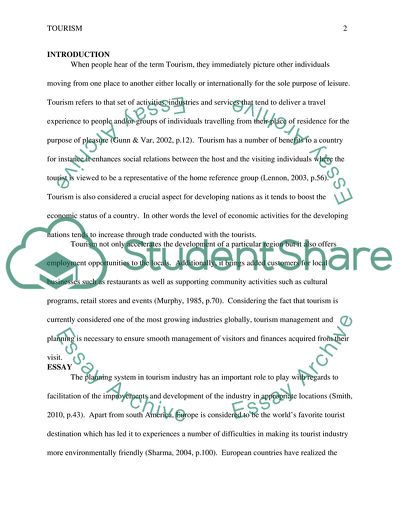Cite this document
(Tourism Planning Within Europe Term Paper Example | Topics and Well Written Essays - 2000 words, n.d.)
Tourism Planning Within Europe Term Paper Example | Topics and Well Written Essays - 2000 words. https://studentshare.org/tourism/1757373-tourism-planning-within-europe-is-still-dominated-by-an-essentiality-economic-approach-to-development
Tourism Planning Within Europe Term Paper Example | Topics and Well Written Essays - 2000 words. https://studentshare.org/tourism/1757373-tourism-planning-within-europe-is-still-dominated-by-an-essentiality-economic-approach-to-development
(Tourism Planning Within Europe Term Paper Example | Topics and Well Written Essays - 2000 Words)
Tourism Planning Within Europe Term Paper Example | Topics and Well Written Essays - 2000 Words. https://studentshare.org/tourism/1757373-tourism-planning-within-europe-is-still-dominated-by-an-essentiality-economic-approach-to-development.
Tourism Planning Within Europe Term Paper Example | Topics and Well Written Essays - 2000 Words. https://studentshare.org/tourism/1757373-tourism-planning-within-europe-is-still-dominated-by-an-essentiality-economic-approach-to-development.
“Tourism Planning Within Europe Term Paper Example | Topics and Well Written Essays - 2000 Words”. https://studentshare.org/tourism/1757373-tourism-planning-within-europe-is-still-dominated-by-an-essentiality-economic-approach-to-development.


